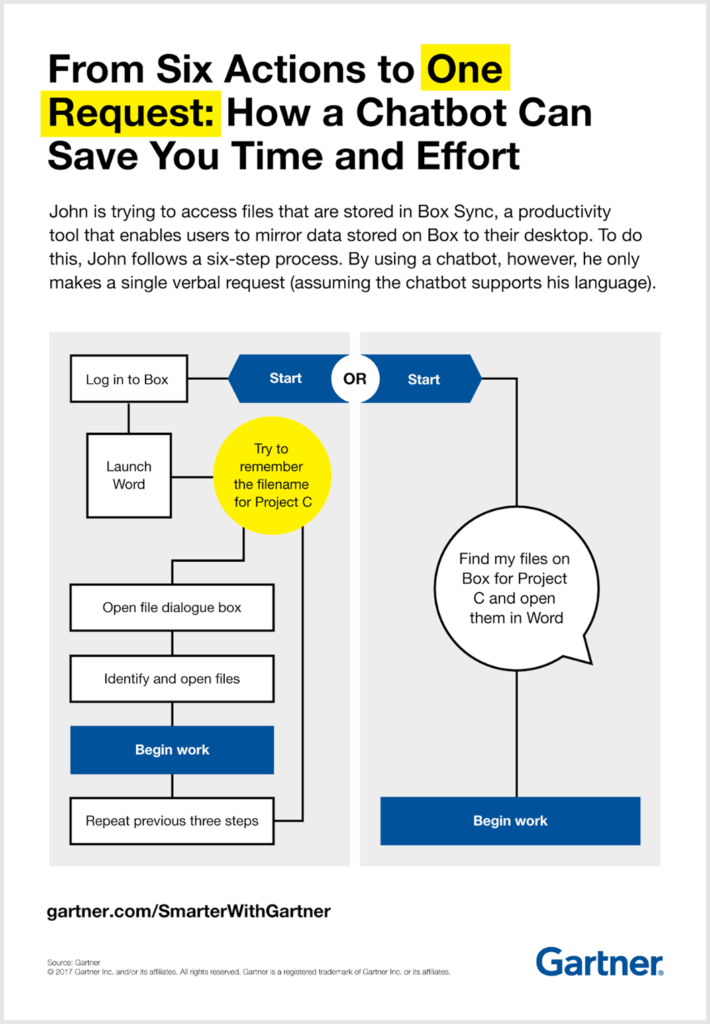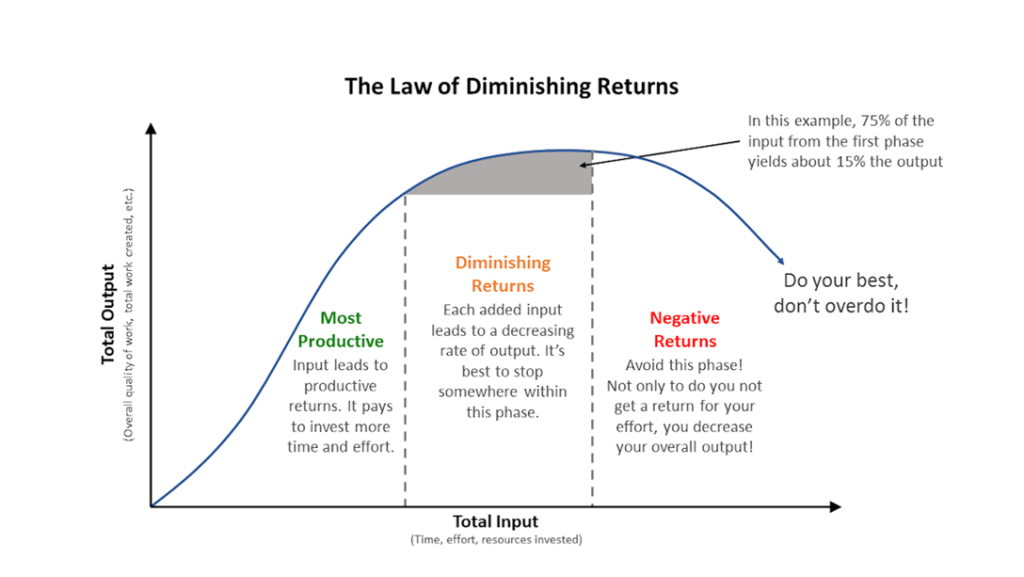IN A GLOBAL ECONOMIC PERSPECTIVE, DOES AUTOMATION REALLY INCREASE PRODUCTIVITY?
What is keeping today’s business leaders up at night? For one thing, it’s the fact that competition is fiercer than ever. Another worry is the lightning speed at which customer and market demands are shifting and evolving. To compete and thrive, businesses need to seize upon every possible edge to not only become more competitive and profitable, but to increase their resilience and agility in terms of their productivity, that’s where process automation comes in.

Automation is often referred to as a means of increasing productivity and getting more done. But what do the facts say about this statement?
Essentially, productivity is the rate at which a company, team, or individual can conduct their work and produce results. By extension, it defines how much a person can achieve within a set period of time. According to US Bureau of Labour Statistic, Productivity is a measure of economic performance that compares the amount of goods and services produced (output) with the amount of inputs used to produce those goods and services.
Some examples we have all encountered at individual productivity level are:
- How many items can you cross off your to-do list on a regular work day?
- What side-project are you working on in your free time?
- How many times do you work out per week?
The search for optimization and efficiency applies to most areas of our lives. However, as the need for global improvement in productivity is increasing, it can be challenging to pin down the actual reasons behind productivity.
Lately, the question of productivity at the workplace has shifted to a number of factors, including:
- Company culture and policy.
- Employee wellbeing
- Effectiveness of business processes
- Leadership and team support
- Available tools and resources
And automation, which has the power to influence all of the above.
In this write up, we will analyse the relationship between automation and productivity, go over the available data on the subject, and see what tomorrow has in store for us.
What is automation?
The term automation describes technologies that help reduce human intervention in processes. So, Process automation can be defined as the use of software and technologies to automate business processes and functions in order to accomplish defined organizational goals, such as producing a product, hiring and onboarding an employee, or providing customer service.

It comes in many forms, including:
- Robotics
- Computerization
- Artificial Intelligence
- Mechanization
Automation has always been driven by the desire to get more done, reduce costs, and limit the possibility of human error, safety, all at once.
Over the past few decades, automation has become an unavoidable feature of how we live and work, bringing unprecedented value to both, and also raising important questions about our future as well.
Take the digital process automation market, which is expected to reach a value of $16.12B by 2026.
This technology is more suitable for repetitive tasks with formalized steps, sequences, and rules. Automation ensures the business process is done right every time – involving the right people, in the right order, considering the right information, and within a specified timeframe. A planned and modelled business process is the first step to improving efficiency by reducing redundant tasks and activities. While process automation priorities will vary from business to business, below are some areas that often benefit from process automation.
These digital solutions are leveraging automation technology to help companies streamline business processes, across industries and job roles:
- Human resources: Using automation to screen resumes or job applications
- Marketing: Targeting advertising campaigns with smart algorithms
- Customer service: Answering customer questions using chatbots and virtual agents
- Sales: Forecasting, automating data entry and analysing calls
- Production/ Factory Process (Robotic process automation- RPA): It describes software and bots that are programmed to emulate and copy human actions to complete repetitive business tasks
It is likely that you’re already familiar with some of these. According to a McKinsey study, 31% of businesses have already fully automated at least one function. But while automation might seem like a perfect solution, what is the actual impact on company productivity?
Random online resources can be biased, not giving a full picture of the intricate relationship between automation and productivity. To cut through the noise, we sorted through academic research and trustworthy sources to highlight concrete, data-backed findings on the topic.
Let’s dive into it.
Seven data-based conclusions on the impact of automation on productivity.

To provide a comprehensive view of the question, we have broken down this article in sections, each one covering a significant subtopic of the automation-productivity dynamic.
Let’s start by addressing the elephant in the room.
1. Implementing automation does not need to equal job losses.
One of the most common and widespread fears is that “machines will take our jobs”, and that automation is a threat to society.
It is not entirely unjustified, as automation does drive massive changes in the workplace. After all, 47% of U.S. workers have a high probability of seeing their jobs automated over the next 20 years.
However, research from the World Bank 2019 World Development Report highlights that the new industries and jobs in the technology sector outweigh the economic effects of workers being displaced by automation.
This can be shown by a shift between industries and jobs as technologies become widely adopted:

Image Credit: The Atlantic
In another interesting paper, the International Federation of Robotics highlights the example of collaborative robots. In summary, these machines are designed not to replace human work, but to increase its productivity and reduce the risk of workplace injury.
For example, BMW’s Spartanburg factory features robot assistants to help fit doors with sound and moisture insulation, a previously screenful task for workers.
This transition led to a 50% productivity increase without job losses, as employees that were previously in charge of these tasks were promoted from machine operators to robot programmers.
2. The productivity effect: Automation could actually increase the demand for labour.
Continuing on the previous finding, research shows that a “productivity effect” could actually increase demand for labour thanks to automation.
In a paper for the National Bureau of Economic Research, researchers Daron Acemogly and Pascual Restrep summarize a framework on the implications of automation and AI on the demand for labour, wages, and employment.
Acknowledging the displacement caused by these technologies in the workplace, they argue that the cost savings generated by automation actually increase the demand for labour in non-automated tasks.
As more repetitive, menial, and hazardous tasks get automated, we can also observe a resurgence for labour-intensive services in consumer markets. Look around you, and see how certain businesses have soared over the past decade:
- Vintage barbershops
- Local organic supermarkets
- Wineries and breweries
- Homemade products
While these services can be automated or mass-produced, the demand for a more human/local experience has been an indirect reaction to automation. This resulted in business opportunities and economic growth in industries otherwise ripe for automation.

3. Automation is not limited to manual labour and lower-wage jobs
The impact of automation on productivity is not necessarily limited to manual labour or correlated to a company pay scale.
As a matter of fact, a McKinsey study shows that an estimated 20% of a CEO’s working time could be automated using current technologies. This could include tasks like:
- Analysing reports to inform decisions
- Sorting through emails
- Preparing staff assignments
- Reviewing status reports
Effective business process automation results in productivity gains at every level, and with the average CEO salary standing at $155k, the implications can be quite significant.
Interestingly enough, the report also shows that occupations with lower wages (such as home health aides, landscapers, and maintenance workers) are not necessarily easier to automate with current technologies:
4. Most occupations can be partially automated
While only a few jobs can be entirely automated, most paid activities could benefit from partial automation.
A 2017 McKinsey study shows that 60% of all occupations have at least 30% technically automatable activities. This is something you can observe in your company today, looking across roles and departments.
Most salespeople, for example, spend a significant chunk of their time on administrative tasks, instead of focusing on what matters to them (selling):
- Sending emails and reminders
- Entering data in their CRM
- Prospecting in different channels
- Researching information on leads
- Drafting proposals and presentations
Automation can help salespeople streamline these menial tasks, boosting their productivity and, ultimately, the company bottom line.
This applies to other business areas as well: A study by Unit 4 revealed that globally, office workers spend 69 days a year on administrative tasks, costing companies $5 trillion a year.
5. Employee happiness impacts productivity, and automation can help
It is commonly believed that employees are more productive when they’re happier. But what do the numbers say?
Research at the University of Oxford, UK, collected data on the topic. It discovered that workers were on average 13% more productive in weeks when they self-reported as being very happy, compared to those weeks when people reported being very unhappy.
There are many factors that can influence employee happiness at work, including:
- Compensation
- Company culture
- Relationship with colleagues
- Feelings of achievement
- External factors
- Process Automation
One of the most overlooked consequences of process automation is employee satisfaction.
Studies show that 74% of employees in the most automated companies say process automation improves job satisfaction, compared to 53% in highly manual companies.
For most people, the perspective that some of the most strenuous parts of your job can be lifted off your shoulders comes as a relief.
By automating repetitive and boring tasks, process automation has a direct impact on employee wellbeing and, as a result, on their productivity.
6. End users also benefit from Process automation
Business process automation helps companies maximise their resources. But as a result, automation ends up impacting the end-user experience too.
For example, it has been estimated this day that 70% of customer interactions use machine learning technology in virtual agents. This form of automation has direct repercussions on both customer support operations and the customer experience.

Credit: Gartner
By reducing the steps required to contact customers and sort through conversations, chatbots improve both user experience and customer service efficiency.
The ability to automatically answer queries has a direct impact on the productivity of customer-facing teams. Studies have shown that even a 10-minute wait to respond to an inquiry drops the likelihood of qualifying a lead by 4, while responding within 5 minutes generates 9x more meaningful conversations.
7. Inefficient processes cost money throughout the value chain
Last but not least, missing out on automation has a very real cost: Inefficient processes cost companies 20 to 30% of revenue every year.
In an analysis of the potential long term impact of automation, PWC notes that automation and artificial intelligence can impact productivity all along the value chain. Examples of business areas that can benefit from automation are:
- Strategy: To reduce risk, time and costs from strategy to execution
- Innovation: To help with generating and analysing insights
- Production: To increase output and quality in the supply chain
- Logistics: To reduce time and resources required
- Marketing: To improve information symmetry between producer and customers
- Finance: To reduce costs and risks with better planning and forecasting
- Human resources: To remove human bias and deliver best candidate matches
Companies that automate not only cut costs, but are reported to outperform their peers:

Image Credit: ServiceNow
Now that we’ve gone over facts and findings on the impact of automation and productivity, let’s take a look at some of the remaining questions on the topic.
Challenges and questions about automation, productivity, and the future of work
The benefits of automation are well documented, but questions about productivity and the future of work are far from being resolved. Let’s go over some of the biggest challenges process automation and productivity are facing right now.
The second productivity paradox
Similar to what happened in the 1970s and 1980s, the 2000s have seen a discrepancy between IT investment and its impact on the world economy.
While the workplace has become increasingly automated and technological, global productivity growth is slowing down:
Let’s not jump to the conclusion that technology doesn’t have a significant impact on productivity.
The reasons behind this paradox are still being discussed, as the phenomenon could be caused by a variety of factors, such as:
Mismeasurement: We might be failing at properly measuring the economic output in the digital age
Individual vs. societal impact: Technology might have a lower impact on a societal scale than expected
Time: Innovations like AI might take time to expand and reach their full potential
While there is no definite answer, we’re inclined to believe in the last hypothesis, as transformative technologies take time to bloom and reflect on society.
With this in mind, it is safe to expect that the dramatic amount of innovation we’ve observed over the past decade will have visible consequences and results in the years to come.
The paradox of automation
Mentioned by cognitive psychologist Lisanne Bainbridge as part of the ironies of automation, the paradox of automation says that as an automated system becomes more efficient, the involvement of humans becomes more critical.
English economist Tim Hartford illustrates this concept with the crash of Air France Flight 447, where pilots were not able to properly take over from the aircraft’s autopilot system:
“First, automatic systems accommodate incompetence by being easy to operate and by automatically correcting mistakes. … Second, even if operators are experts, automatic systems erode their skills by removing the need for practice. Third, automatic systems tend to fail either in unusual situations or in ways that produce unusual situations, requiring a particularly skilful response.”
– Tim Harford
The automation paradox highlights the need for highly-skilled operators to manage automated systems, creating jobs and opportunities as a result.
Diminishing returns and exhaustion of opportunities
At the heart of automation is the principle that organizations can leverage technology to reduce human intervention when possible.
Hypothetically, a fundamental flaw is that as more processes become automated, there are fewer processes left to automate.
Similarly, as a process becomes more automated, we can consider that there will eventually be less quality improvement possible.
These limitations are subject to evolve along with technology, but the concepts remain valid and applicable to areas ranging from automation to personal productivity:

Source: PMC Training
Needless to say, automation may as well not be a zero-sum game, which would render this possibility as highly improbable.
To conclude our exploration of the relationship between automation and productivity, there’s one last item that is worth considering, and that is the opinions of today’s tech leaders.
Let’s take a look at what they think about automation and productivity.
What do tech leaders think about automation and productivity?
Some of today’s most innovative and successful tech companies have been championing automation for a long time.
One of them is Amazon.
The ecommerce giant has been implementing large-scale automation throughout its warehouse operations through programs like “Hands off the wheel”, which started in the early 2010s.
In addition, Amazon has been automating repetitive work while keeping employees, transferring them to other roles where they can provide more value to the organization.
This positive outlook on automation is heralded by Amazon’s Founder and former CEO Jeff Bezos:
“I predict that, because of artificial intelligence and its ability to automate certain tasks that in the past were impossible to automate, not only will we have a much wealthier civilization, but the quality of work will go up very significantly and a higher fraction of people will have callings and careers relative to today.”
– Jeff Bezos (source)
But even at the helm of the tech world there are debates around the impact of automation and artificial intelligence on society.
After automating Tesla’s production lines and failing to meet its 2018 car delivery goals, Elon Musk shared his views on the topic:
“Yes, excessive automation at Tesla was a mistake. (…) Humans are underrated.”
– Elon Musk (source).
In a similar tune, Microsoft’s co-founder Bill Gates reminds us that technology serves as an enhancer. Automation, much like any other innovation, isn’t a magic solution:
“The first rule of any technology used in a business is that automation applied to an efficient operation will magnify the efficiency. The second is that automation applied to an inefficient operation will magnify the inefficiency.”
– Bill Gates (source)
This diversity of opinions around automation is a testament to how divisive the topic is, and to the importance of relying on data to make decisions touching upon it.
Conclusion
Throughout this article, we were able to get a closer look at how knotted automation and productivity are nowadays.
So, does automation increase productivity?
Data shows that on an organizational level, automation can dramatically improve productivity in a variety of ways. Using automation platforms and process automation tools, companies are able to automate their entire workflow, going as far as building and scaling an actual business with a reduced team.
While the societal impact has yet to be fully grasped, we can confidently say that automation is one of the key factors when it comes to improving productivity.
In a world where resources need to be better used, this is not a small news.






